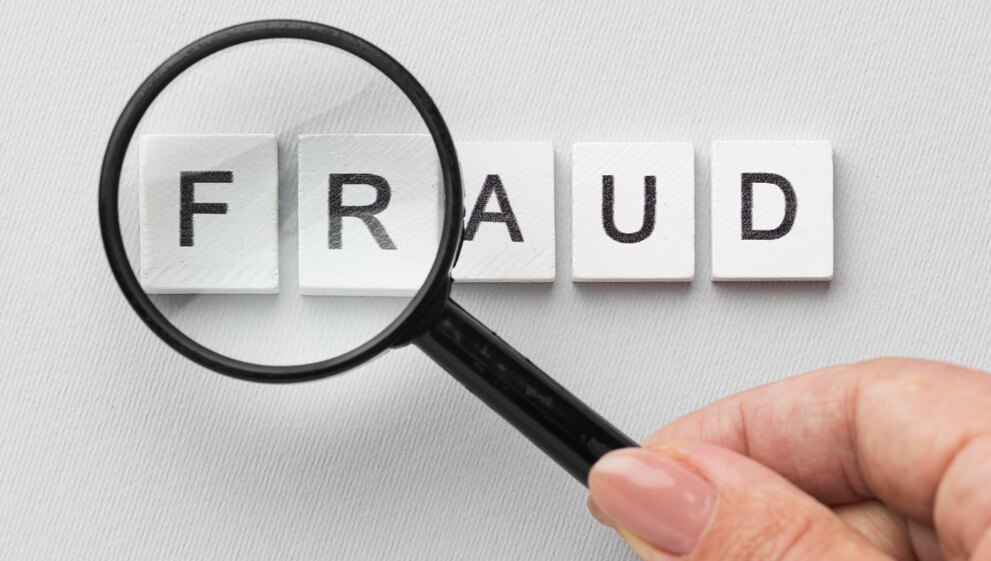Fraud is a growing concern that affects individuals, businesses, and organizations alike. With the rise of online transactions, social media, and digital communication, fraudsters have more opportunities than ever to steal sensitive information and exploit vulnerabilities.
A recent survey found that 47% had suffered at least one form of internet fraud in the previous 24 months, with an average of six incidents per company. These incidents included everything from customer fraud and cybercrime to asset misappropriation and bribery, leading to $42 billion in global losses.
Given the widespread impact of internet scams, it’s crucial to understand how to minimize your exposure and protect yourself against these growing threats. Here are some actionable steps you can take to reduce your risk and safeguard your personal and financial information:
1. Use Strong, Unique Passwords
Using weak passwords is like leaving your digital doors open, inviting fraudsters in. Strong passwords are essential in protecting your online accounts and sensitive information. A strong password should combine letters, numbers, and special characters, and be at least 12 characters long. Consider using a password manager to securely store and manage your passwords, which is an effective fraud prevention measure.
2. Enable Two-Factor Authentication (2FA)
Two-factor authentication adds an extra layer of security to your accounts, making it harder for fraudsters to gain access. With 2FA, even if someone gets hold of your password, they’ll need a second form of verification to access your account. This can be a code sent to your phone, a fingerprint scan, or a facial recognition scan. This serves as an important fraud detection technique to prevent unauthorized access.
3. Be Cautious with Personal Information
Fraudsters are always looking for ways to steal personal information, such as your Social Security number, credit card details, and address. Be mindful of how and where you share your sensitive information. Avoid sharing too much information online or over the phone unless you’re sure of who you’re dealing with. Tools like a scam detector can help you verify legitimacy before sharing information online.
4. Regularly Monitor Financial Statements
Regularly reviewing your bank and credit card statements can help you spot any fraudulent transactions or accounts. Catching fraudulent activities early can minimize damage. Report any suspicious activity immediately to your bank or credit provider and leverage fraud detection software to automate the process.
5. Recognize and Avoid Phishing Scams
Phishing scams are common, and fraudsters use fake emails, texts, or phone calls to trick you into providing personal information. Be skeptical of unexpected communication asking for your login credentials or personal details. Look for signs of phishing, like suspicious email addresses or links, and consider using fraud detection tools to flag potentially dangerous emails.
6. Secure Your Devices and Networks
Securing your devices with antivirus software, firewalls, and encryption is essential for protecting against internet fraud. Keep your devices updated with the latest security patches, and use secure Wi-Fi connections whenever possible. Use reputable antivirus software to scan your device regularly, and consider integrating online fraud detection systems to further protect your network.
7. Educate Yourself About Common Fraud Tactics
Staying informed about common fraud tactics, such as identity theft, internet scams, and lottery fraud, can help you recognize and avoid them. Stay up-to-date with the latest scams and tactics to stay ahead of fraudsters. Follow reputable sources and sign up for fraud alerts to stay informed.
8. Be Skeptical of Unsolicited Communications
Verify the legitimacy of unsolicited emails, phone calls, or messages before taking any action. If in doubt, hang up or ignore the message. Don’t click on suspicious links or download attachments from unknown sources. Using fraud detection systems can help you identify and filter out fraudulent communications.
9. Protect Your Online Accounts
Review your privacy settings on social media platforms, avoid sharing sensitive information, and keep your software up to date to ensure your online accounts are protected. Use two-factor authentication whenever possible. Be cautious when clicking on links or downloading attachments. Implementing a fraud management system can provide an additional layer of security for your online accounts.
10. Report Suspicious Activities Promptly
If you suspect any online fraud, report it as soon as possible to your bank, credit bureau, or the appropriate consumer protection agency. Early reporting can help minimize damage and prevent fraudsters from targeting others. Keep a record of your report and follow up with the agency.
Quick Heal: Your Fraud Protection Ally
Quick Heal offers comprehensive security solutions like Quick Heal Total Security to protect against cyber threats. With features like real-time scanning, fraud detection, and secure browsing, Quick Heal provides robust protection for your devices and online activities.
Quick Heal’s advanced security tools, including fraud detection software, can help safeguard your digital assets and minimize your exposure to internet fraud. Quick Heal’s security solutions are designed to protect individuals, businesses, and organizations from various types of fraud and cyber threats.
The Final Word: Secure Your Digital Life with Quick Heal!
Fraud is a growing threat that affects us all. By following these simple tips and using Quick Heal’s security solutions, you can minimize your exposure to online fraud and stay safe online. Remember to stay vigilant and proactive in protecting your personal and financial information with Quick Heal Total Security at just Rs. 1591/- per annum.



